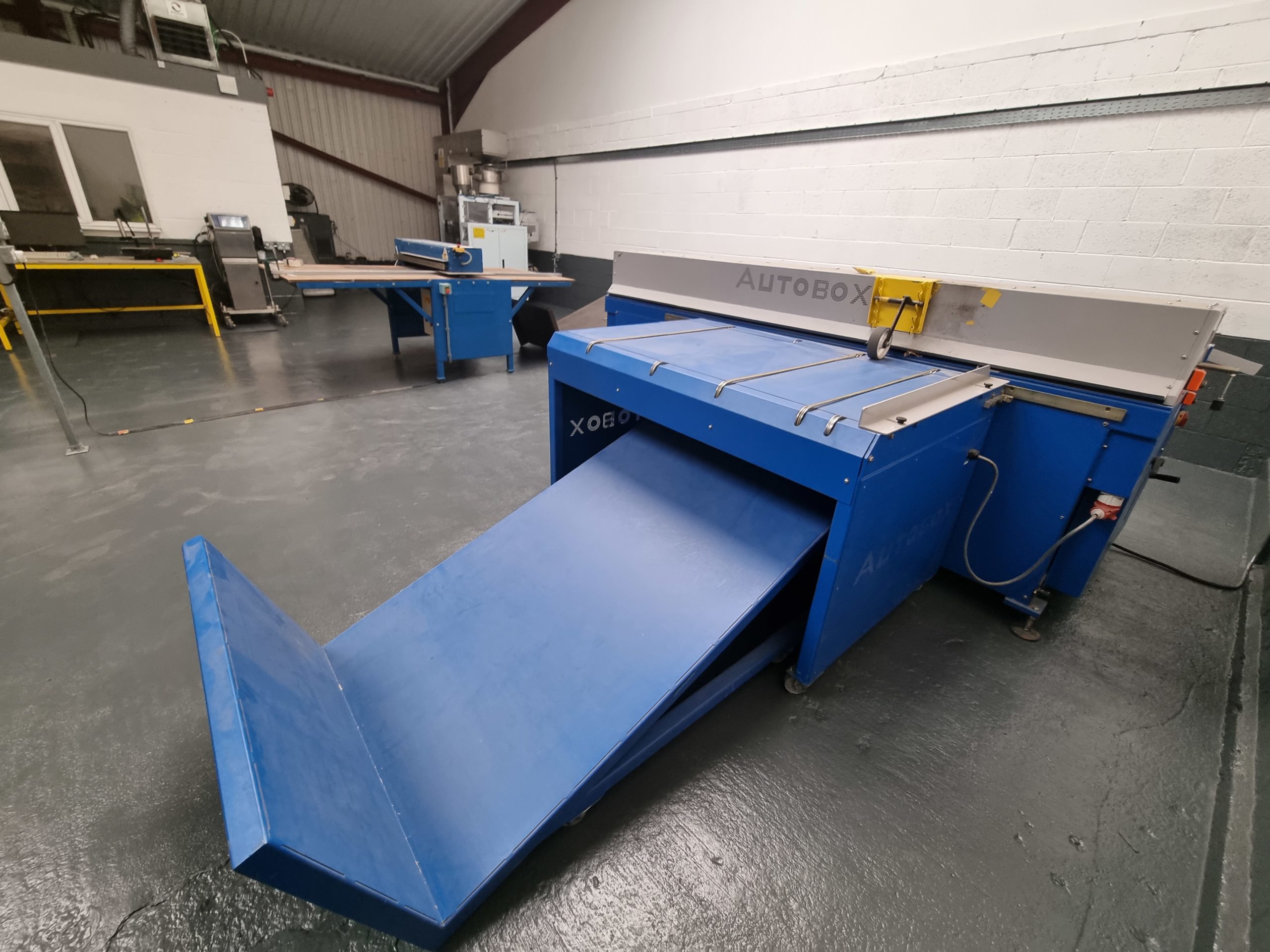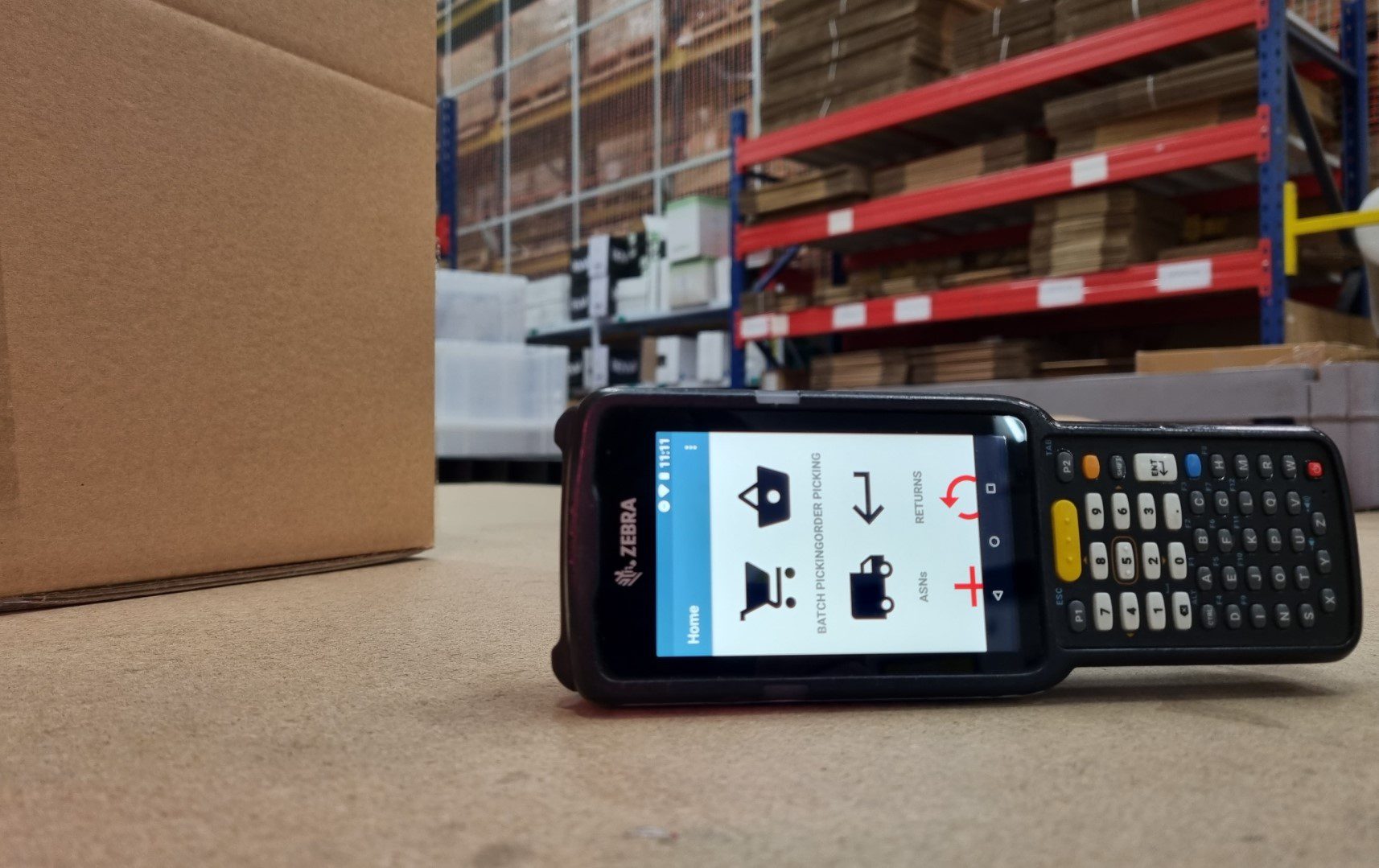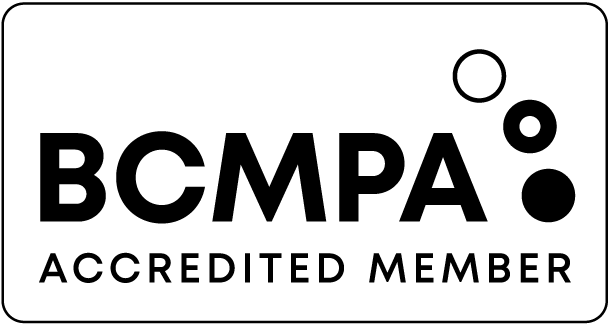Running successful operations requires support. Whether that be an electronic system or tools like tablets and handheld devices for better asset management.
By using a 3pl provider such as ourselves, businesses can avoid a lot of asset management issues. However, for those that are looking after their assets, we cover five common issues that affect asset management efficiency so you can prevent them.
While keeping all your assets in one place seems like a good organisation, it also means that workers must leave their workspace. They may even travel across the warehouse or sometimes queue. to retrieve the assets. Walking and waiting even for a few minutes decreases productivity and increases costs.
In the warehouse, Bray uses handheld terminals (HHTs) to locate and pick orders. These have set docking bays around the site, distributed by approximate needs in the area.
In some warehouses, a staff member will manually take control of assets. This usually includes managing equipment such as HHTs and other tools. Depending on the size of the operation, this job can be either part-time or full-time. Either way, when it is viewed on a ‘per transaction’ basis, it’s an expensive and unreliable way to manage assets.
Many operations still rely on traditional methods such as logbooks to record the whereabouts and when an asset is issued. This can lead to inaccurate data due to errors in scanning or logging. And when items go missing, it can be challenging to track where assets are or to accuse workers. By embracing technology, you can always track, log, and monitor electronic assets. Despite a possible higher cost, but it is the way forward if you want to stay on top of your asset management.
Self-service operations can be even more of an issue as far as management of processes is concerned. With self-service operations, workers can take and return assets from storerooms in the warehouse and other storage places without supervision or observation. While it is cheaper with no asset management labour cost, you will have very little control of assets.
At Bray, The IT department owns all systems assets (PCs, laptops, phones, security, etc.). Within systems, we track all assets on the network, with many tracked geographically too. Security systems handle restrictions on the functionality of devices to manage exposure across the sites.
This is for several reasons, including locating devices and users, preventing theft, isolating network bottlenecks or even potential threats. Due to the complex and SLA governed nature of the business, the network is designed with a high degree of resilience and diagnostic ability built into it to allow faster and easier management.
Also, Bray is part of a parent company, and some network architecture is mandated to comply with that system. However, it is equally highly secure, so there is a good pairing of requirements on both parts while allowing for load-balancing and redundancy across the network as a whole.
Many assets require a service regularly to ensure they are ready for use. If proper management is not in place, warehouse staff may find the goods they require not ready for action. Having to then replace the item will result in a loss of productivity.
Operating a large IT infrastructure allows Bray to have much greater control and flexibility over assets which, being critical to the operation, allows for both redundancies as well as operating budgets for required upgrades, etc. Smaller setups often have neither the funds nor resources to allow for rare/inconvenient/unexpected scenarios.
Smaller organisations will struggle to put in place the same level of redundancy due to lack of size or budget. Being part of a larger organisation gives Bray not only geographical and financial flexibility but also increase network flexibility and strength.
Smaller companies can invest heavily in their IT infrastructure, but rarely so as many still see IT as a cost rather than a key asset. This extends to their ability to compensate for emergency outages. Many might have paper-based backup plans but are unlikely to have a more rapid and competent backup solution.
Staff will spend significant amounts of time searching for lost or missing assets. For tasks that negatively impact productivity, this one is in the lead. Automated systems that can track, control and manage are key to prevent mismanagement of assets.
As you grow, and your assets grow accordingly, asset management becomes more complex. But there is a greater range of tools available that a company such as Bray has access to. Again, alongside that, other technologies can provide enhancements across multiple platforms at the larger organisational end.
For example, Bray utilises the WIFI not only as a means of connection, but we can triangulate devices anywhere on site. They check for rogue devices appearing on the network and even automatically disable threatening network segments based on matches against known assets.






We integrate with a number of different systems.
Get in touch to find out how we can help.